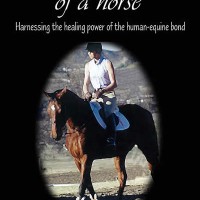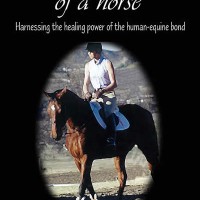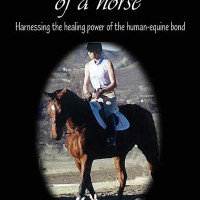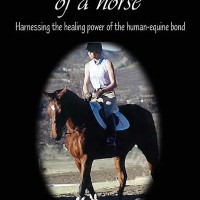At its core, cognitive-behavioral therapy encourages balanced thinking. Through examining our thought patterns, and sometimes through use of thought charts, we can identify characteristic ways of thinking that then lead to uncomfortable emotions.
Being able to tolerate both negative and positive emotions toward an object, or person is a hallmark of this type of therapy. However, this concept, referred to by some as having a bi-phasic personality, is also a core component of the development of object constancy.
In order to have object constancy, a child must be able to grasp the idea that when something is bad (like an inattentive mother), it is not bad or gone forever. Instead, when the child has achieved object constancy, he/she demonstrates the understanding that a mother can fail to meet his/her needs in one moment, and yet still be a constancy in his/her life, capable of meeting his/her needs.
Continue reading Equine Therapy: Object Constancy, by Claire Dorotik









